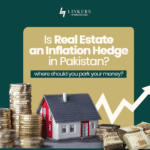Traditional mindset in real estate slows down innovation in construction, as the sector often favors familiar methods over more functional, modern solutions. In an era where we can 3D-print houses in under 24 hours, design energy-efficient buildings with AI, and structure payment models around digital assets and blockchain, urban innovation still grows at a snail’s pace.
As a result, revolutionary ideas in architecture, payment structures, and urban living often stall at the starting line, not because they don’t work, but because they don’t look or feel the way we’re used to.
What are the Traditions Linked to Real Estate?
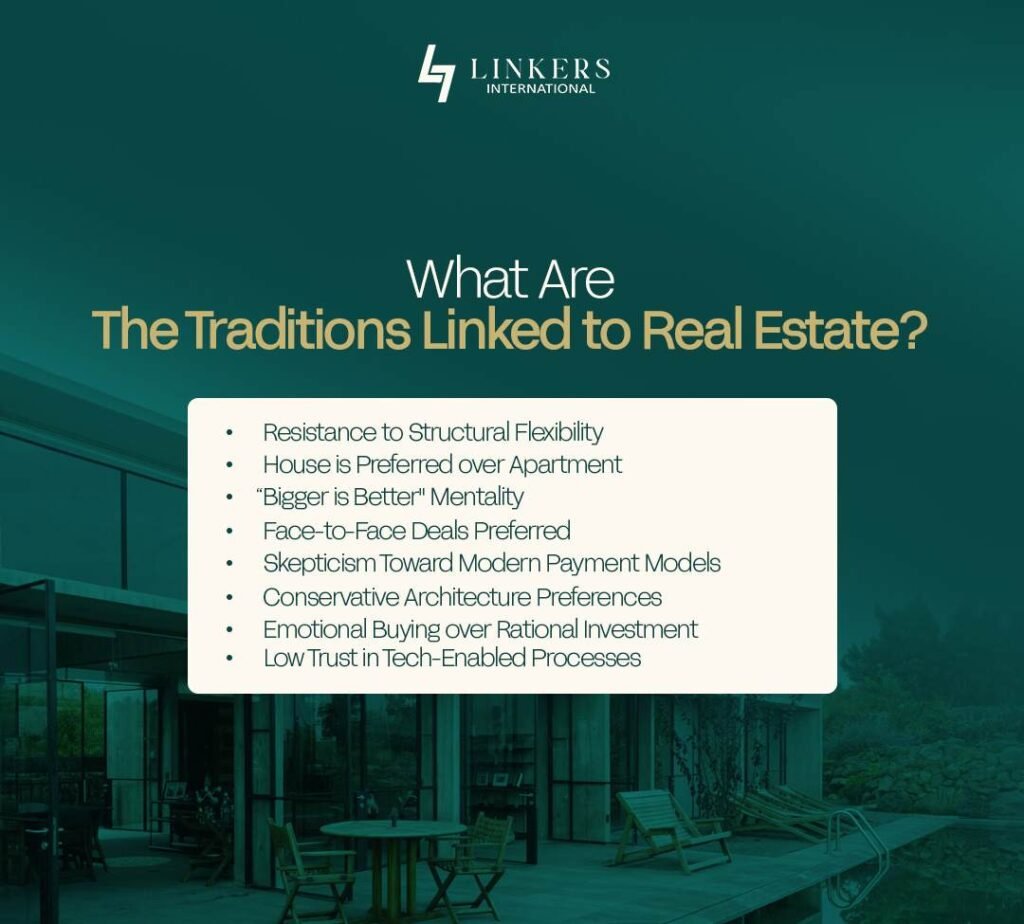
Unlike most other industries, the construction sector is also deeply tied to the traditional mindset in real estate, not just in how it’s built, but in how it’s bought, sold, and perceived. In many cultures, property ownership isn’t just a financial investment; it’s an emotional milestone, a symbol of status, security, and even identity.
This emotional weight gives rise to generations of beliefs, rituals, and unspoken rules that continue to shape the real estate market today, often at the cost of innovation.
Resistance to Structural Flexibility: Traditional builders and investors often prefer fixed, time-tested layouts and construction models that are easy to replicate and sell. Customization, whether in layout, materials, or design features, is frequently seen as a risk or unnecessary complication.
House is Preferred over Apartment: In many cultures, owning land is considered the ultimate form of wealth and success. Standalone homes are often preferred over apartments, regardless of practicality.
“Bigger is Better” Mentality: Buyers tend to favor large built-up areas over smart, space-efficient designs. Aesthetic or traditional features (like balconies, columns, or arches) are valued more than functionality.
Face-to-Face Deals Preferred: Traditional buyers rely on in-person meetings, brokers, and paper documentation. Trust is placed in personal networks, even when digital platforms offer more transparency.
Skepticism Toward Modern Payment Models: Innovative options like rent-to-own, subscription housing, or fractional ownership are often met with hesitation. Buyers feel more comfortable with large down payments, and traditional bank financing.
Conservative Architecture Preferences: Buyers often prefer familiar, culturally symbolic designs like sloped roofs or ornate balconies, tied to comfort and tradition. This leads developers to avoid innovative architecture such as glass facade, green roofs, modular layouts, or biophilic elements.
Emotional Buying over Rational Investment: Homes are often bought based on emotional triggers, family legacy, prestige, or social image, rather than utility, sustainability, or ROI.
Low Trust in Tech-Enabled Processes: Resistance to adopting digital property platforms, smart contracts, or virtual tours. Traditional investors prefer physical site visits, manual paperwork, and traditional legal systems.
What is Urban Innovation?
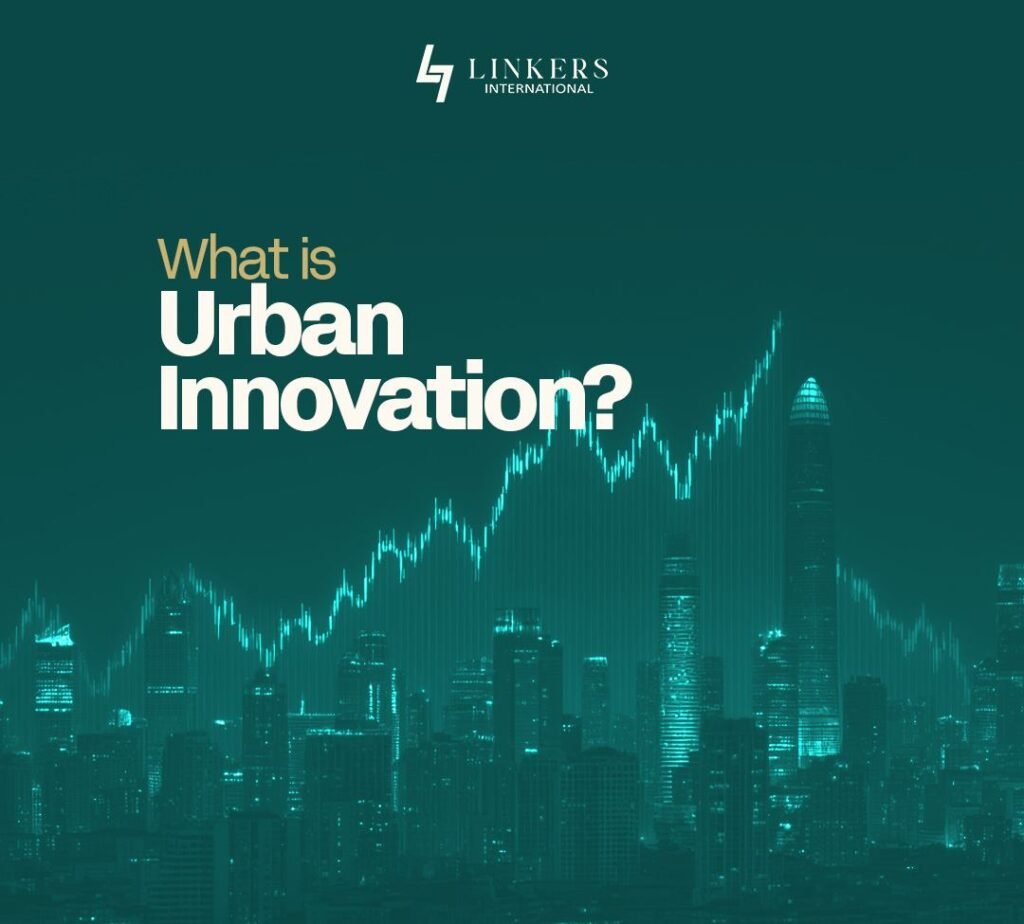
Urban innovation is the use of new ideas, technologies, systems, or approaches to improve how cities are built, managed, and experienced by people. It’s about solving urban challenges, such as housing shortages, traffic congestion, pollution, waste management, and energy consumption, in smarter, more sustainable, and more inclusive ways.
Key Components of Urban Innovation
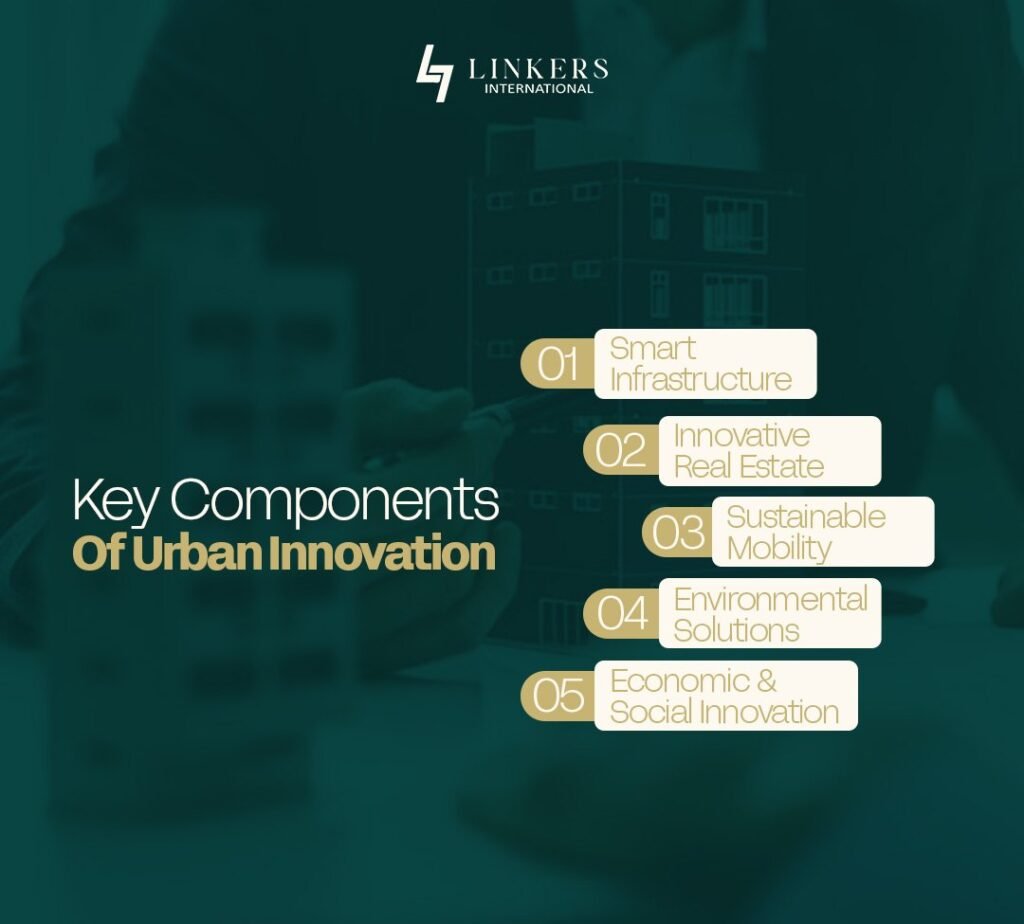
Urban innovation goes beyond just infrastructure and includes social, economic, and environmental innovations that make cities more livable, efficient, and future-ready. It includes the following components;
Smart Infrastructure: This includes the use of IoT (Internet of Things) for smart lighting, traffic signals, and water systems. Smart grids that optimize energy distribution and sensor-based waste management and real-time data systems are also included in smart infrastructure.
Innovative Housing & Real Estate: This includes modular and prefabricated construction, affordable housing models like micro-housing, co-living, and rent-to-own. Integration of green building standards and sustainable materials is also an innovative way to scale from traditional construction models.
Sustainable Mobility: Expansion of bike-sharing, e-scooters, and public transit, car-free zones and walkable neighborhoods are more sustainable solutions for commuting. Smart traffic management systems are also important to reduce congestion and emissions.
Environmental Solutions: Urban farming, green roofs, and vertical gardens are innovative ways that offer relief to the environment. Other solutions include circular waste systems, composting programs, air quality monitoring, and carbon reduction strategies.
Economic & Social Innovation: Inclusive policies to ensure marginalized communities benefit from development. Moreover, flexible zoning that supports live-work-play environments has also become a modern-day requirement.
Traditional Mindset in Real Estate Should Inform, Not Inhibit, Urban Innovation
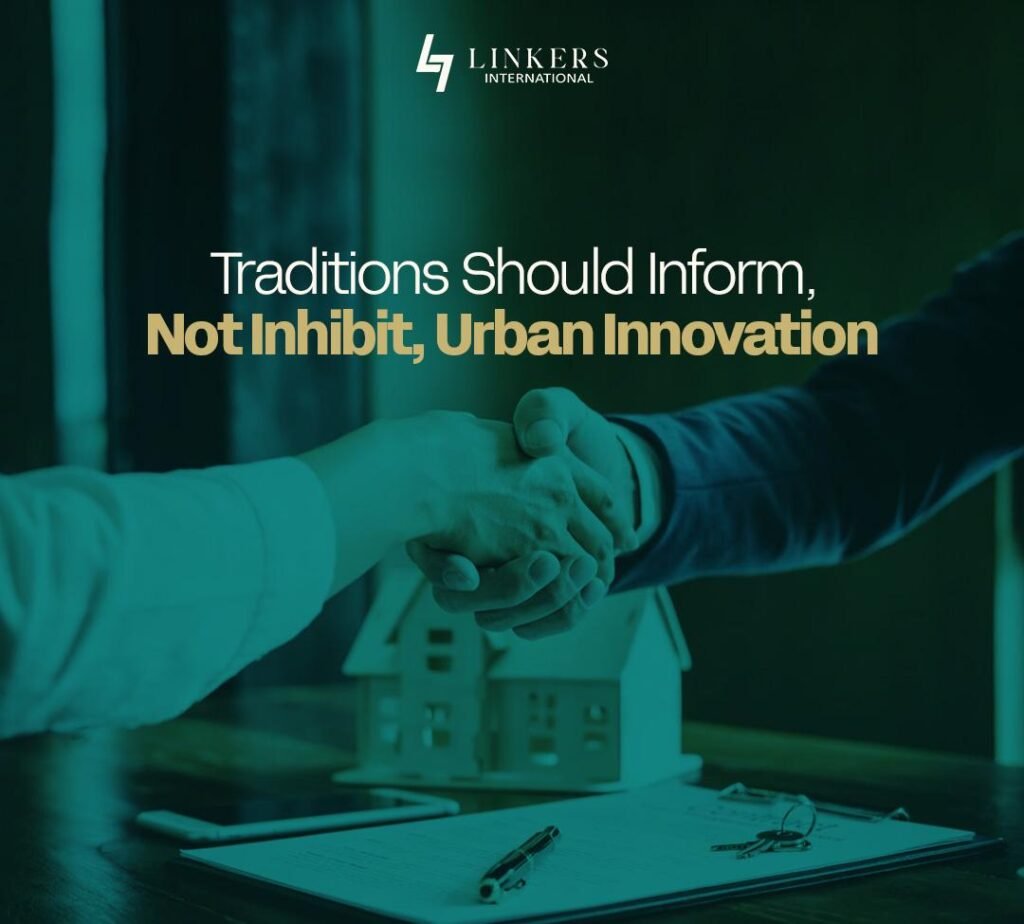
Real innovation in urban living doesn’t begin with new materials or fancy tech; it begins with people being willing to rethink what homes, cities, and ownership should look like. Developers, buyers, policymakers, and investors must recognize that tradition can guide us, but shouldn’t trap us.
Educating the market, showcasing successful innovations, and building trust in new systems are the next crucial steps. Only then can we overcome the quiet resistance of the traditional mindset in real estate, holding our cities back, and unlock a smarter, greener, and more livable urban future.




